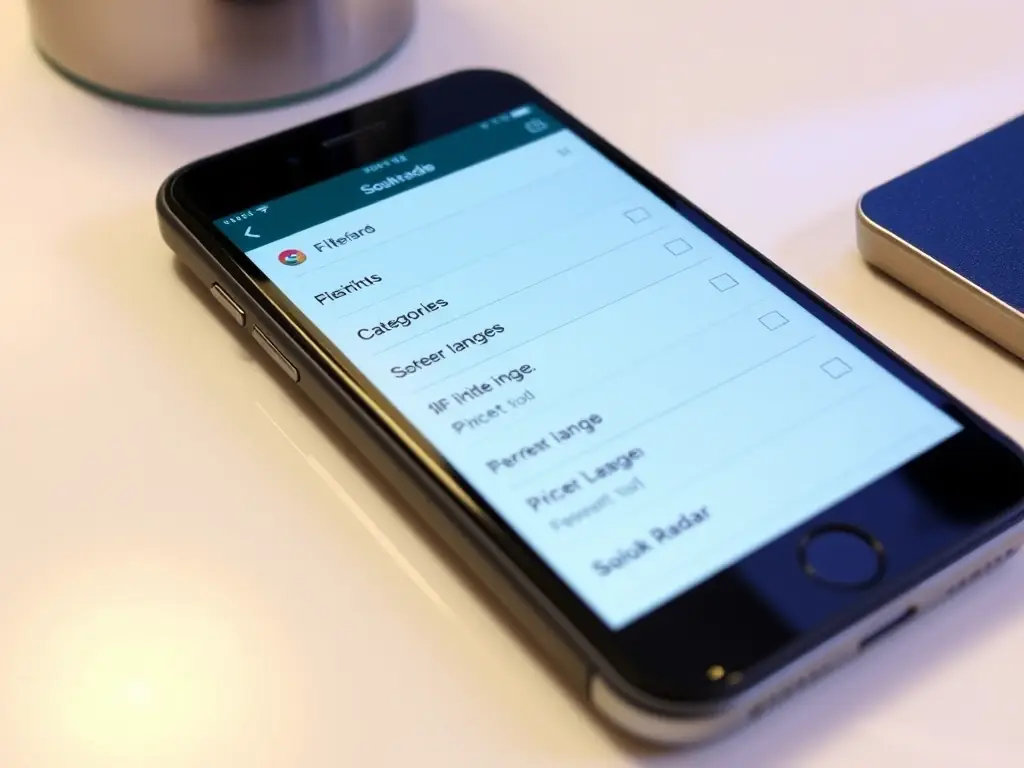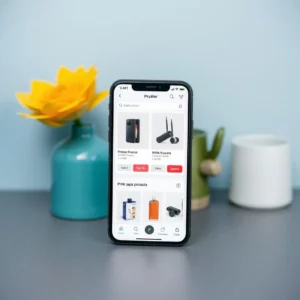Have you ever bought something only to find it on sale just days later? You’re not alone—and you’re not out of luck. Mastering the timing of your purchases can lead to major savings, better deals, and a smarter shopping experience overall. Here’s how to harness the power of perfect timing and become a pro at strategic shopping.
1. Watch for Seasonal Sales
Retailers run on predictable cycles, and knowing them is key to finding the best seasonal shopping deals. For example, electronics typically go on sale during back-to-school promotions or Black Friday events. Fashion items get the biggest markdowns during end-of-season clearance sales, especially at the end of winter and summer. Planning your buys around these cycles can save you up to 50%—sometimes more.
2. Avoid Launch Prices
The newest isn’t always the best—at least not for your wallet. New product launches, particularly in the tech world, often come with inflated prices. But don’t worry; history shows that most phones, gadgets, and electronics drop significantly in price just a few weeks or months after launch. A little patience can mean big savings.
3. Use Price History Tools
Not every “sale” is actually a deal. Before making a purchase, check its historical pricing with a price history tracker. Tools like CamelCamelCamel, Honey, or Keepa can reveal whether you’re truly getting a bargain or if it’s just clever marketing. Understanding product price trends helps you make informed decisions with real data, not guesswork.
4. Set Reminders for Big Sale Days
Some of the year’s deepest discounts happen on major sale events like Black Friday, Cyber Monday, Singles’ Day, and Ramadan sales. Instead of scrambling last-minute, create a shopping calendar and prep your list ahead of time. That way, you’re ready to grab the best deals as soon as they go live.
5. Don’t Rush—Track and Wait
Unless it’s urgent, waiting pays off. Use a price tracker or browser extension to monitor items over time. Tools like Honey, Slickdeals, or Google Shopping Alerts can notify you when prices drop. This way, you won’t have to keep checking manually—and you won’t fall for impulse buys.
Final Thoughts
Smart shopping isn’t just about what you buy—it’s about when you buy. By leveraging seasonal trends, avoiding launch markups, using price tools, planning for big sales, and tracking patiently, you’ll turn every purchase into a strategic win.
Start timing your shopping right—and watch the savings add up.




